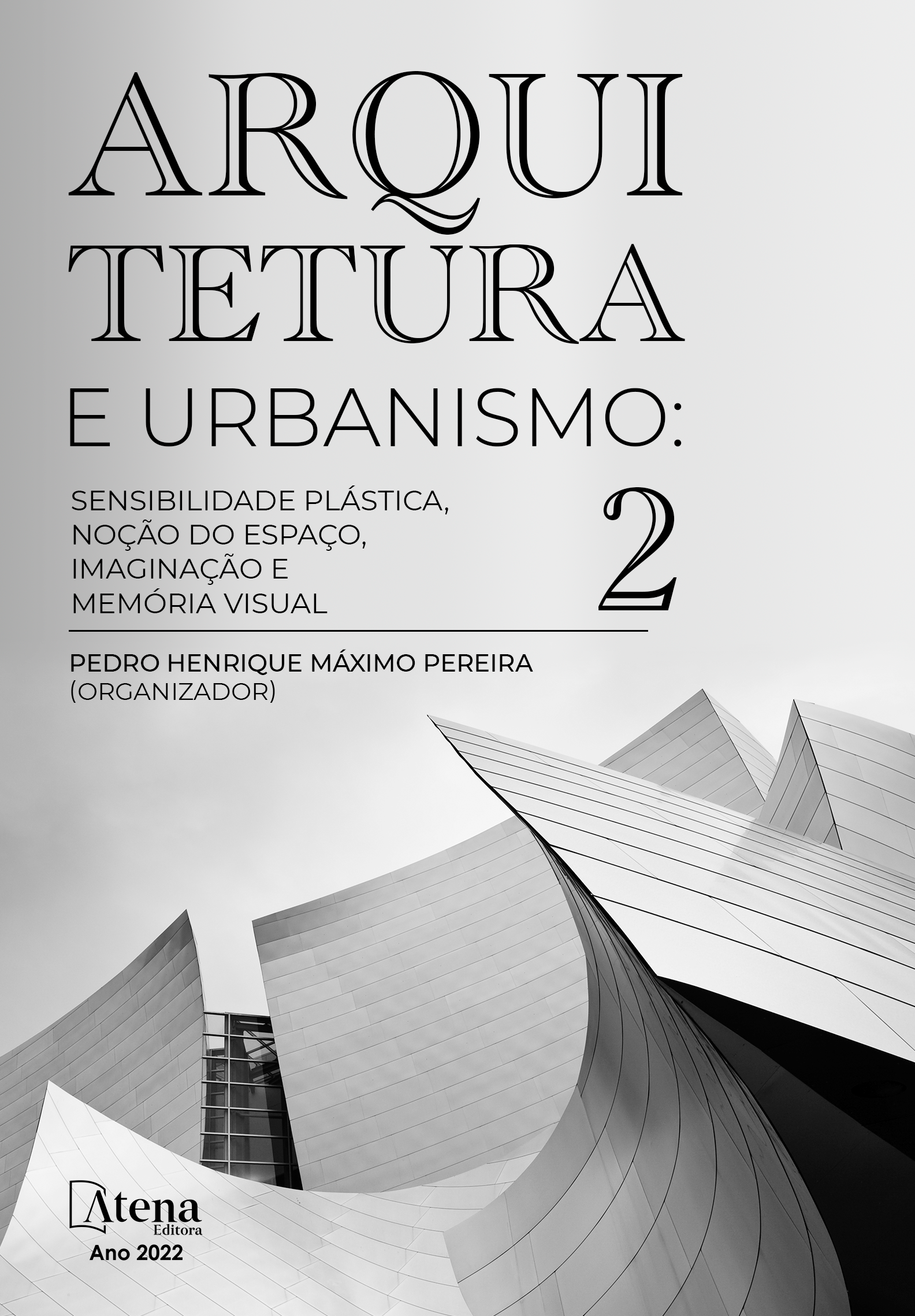
NOTAS SOBRE UNA EXPERIENCIA FORMATIVA RADICAL: TALLERES ARTÍSTICOS Y TÉCNICOS SUPERIORES (VKHUTEMAS VKHUTEIN 1920-1932)
El objetivo de este texto es relatar la formación, desarrollo y trascendencia de los Talleres Artísticos Técnicos y Superiores VKHUTEMAS surgidos en el contexto posterior a la revolución de octubre de 1917 en Rusia, los cuales expresaron las distintas concepciones y prácticas durante el ascenso de una sociedad nueva. Los VKHUTEMAS se construyeron sobre la base de instituciones existentes previamente: el primer Taller de Arte Libre en lo que era la antigua Escuela Central de Arte e Industria Imperial Stroganov y el segundo Taller en lo que era la Escuela de Pintura, Escultura y Arquitectura de Moscú. Los VKHUTEMAS fueron caracterizados por la posibilidad de establecer una concepción de la modernidad con base en los satisfactores sociales. Los VKHUTEMAS están enmarcados en un proyecto soviético más grande de industrialización, reorganizando todas las áreas de la vida sobre una base científica, desde las prácticas artísticas hasta las prácticas laborales. Además, introdujeron un modelo de educación donde la capacitación y la experimentación se complementaron. Buscaron crear bases científicas objetivas de la educación artística para lograr una alta profesionalidad; desarrollados en un lugar para la vida colectiva, el trabajo y la creatividad. Con la muerte de Lenin en 1924 iniciaron una serie de transformaciones repercutiendo a los Talleres, primero con el cambio de designio a VKHUTEIN en 1927, posteriormente disgregados y modificados. A pesar de ello, tuvieron un impacto significativo en la construcción de la cultura moderna.
NOTAS SOBRE UNA EXPERIENCIA FORMATIVA RADICAL: TALLERES ARTÍSTICOS Y TÉCNICOS SUPERIORES (VKHUTEMAS VKHUTEIN 1920-1932)
-
DOI: 10.22533/at.ed.6812210023
-
Palavras-chave: Vanguardias soviéticas, Vkhutemas, Vkhutein
-
Keywords: Avant garde, Vkhutemas, Vkhutein
-
Abstract:
The objective of this text is to recount the formation, development, and significance of the VKHUTEMAS Technical and Superior Artistic Workshops that emerged in the context of the Russian revolution in October 1917, which expressed original conceptions and practices for the rise of a new society. The VKHUTEMAS were based on previously existing institutions: the first Free Art Workshop in the former Central Stroganov Imperial School of Art and Industry and the second Workshop in the Moscow School of Painting, Sculpture, and Architecture. The VKHUTEMAS proposed the establishment of a new conception of modernity based on satisfying social needs. The VKHUTEMAS occur within the framework of the Soviet vision for a broader industrialization project, one that would include the scientific reorganization of all areas of life, from artistic to labor practices. In addition, they introduced an educational model in which training and experimentation would be complementary. They sought to ground artistic education on objective scientific bases within settings designed for collective living, work, and creativity to achieve superior professionalism. After Lenin died in 1924, the VKHUTEIN experienced a series of transformations, including a change of name to VKHUTEIN in 1927, followed by disaggregation and other modifications. Despite this, the VKHUTEIN made a significant impact on the construction of modern culture.
-
Número de páginas: 19
- Celso Valdez
- Selene Laguna


